Practice Notes: The Art of Practicing Evidence-Based Medicine
Practice Notes
The art of practicing evidence-based medicine
For more than a decade, the movement toward evidence-based medicine (EBM) has focused on the treatment of inpatients in hospital settings. But it’s clear that EBM is just as valid for outpatients in physician practices. Several provisions outlined in the Patient Protection and Affordable Care Act (PPACA) give physicians the incentive to practice this brand of medicine. And the time to start is now.
“Cookbook” medicine?
The purpose of EBM is to provide physicians a framework for treating patients on the basis of the latest proven clinical research. Unfortunately, no one physician can follow the voluminous amounts of articles published each year on the topic of EBM.
Physicians often resist EBM as “cookbook” medicine. Even if true, the best cooks use recipes only as a starting point, adjusting ingredients and techniques based on their own knowledge and experience to fit the specific situation. Likewise, EBM is best viewed as a supplement to — not a replacement of — a physician’s clinical knowledge and experience.
Scientific evidence
When incorporating scientific evidence into clinical decisions, your practice must, based on a particular patient’s problem:
- Formulate a specific clinical question that may relate to diagnosis, prognosis, treatment or outcome,
- Search current literature for answers to the question, and
- Evaluate the evidence found for validity, reliability and relevance.
Once you’ve satisfied these requirements, you can make a decision on how to treat the patient.
Clinical practice guidelines
Clinical practice guidelines are a manifestation of EBM. These serve several purposes: 1) They back up a physician’s clinical decisions, 2) they show the source of the physician’s professional expertise, and 3) they’re a powerful defense against medical malpractice charges.
If a physician follows a generally accepted guideline, the courts will recognize that he or she is practicing a specific standard of care. And broader adherence to practice guidelines leads to standardization in care.
Where to find help
You can find evidence-based guidelines from organizations such as CMS and the National Guideline Clearinghouse within the U.S. Department of Health and Human Services. The Joint Commission and recognized medical and specialty associations may also have information that can help you find information about the application of EBM and practice guidelines. •
Want to know more?
For more information on the movement toward evidence-based medicine (see main article), check out these websites:
• UpToDate ( http://www.uptodate.com ),
• The Cochrane Collaboration ( http://www.cochrane.org ),
• Medscape ( http://emedicine.medscape.com ), and
• ACP Journal Club ( http://acpjc.acponline.org ).
This material is generic in nature. Before relying on the material in any important matter, users should note date of publication and carefully evaluate its accuracy, currency, completeness, and relevance for their purposes, and should obtain any appropriate professional advice relevant to their particular circumstances.
Share Post:









